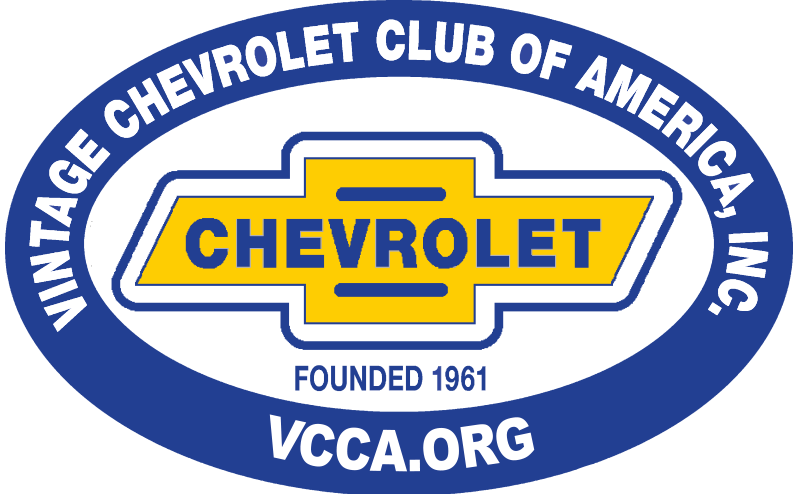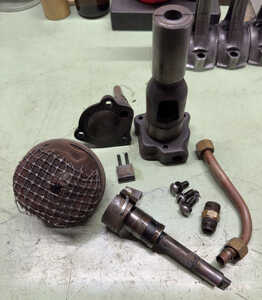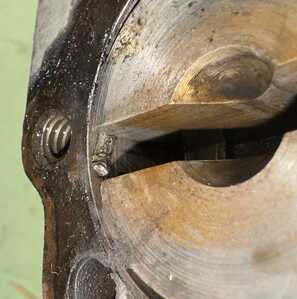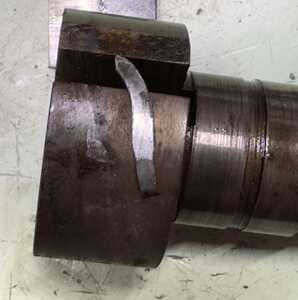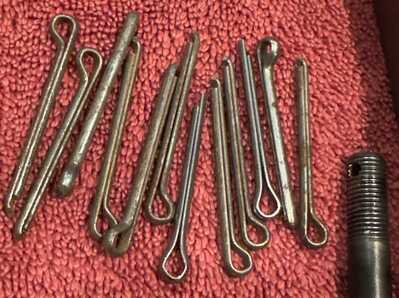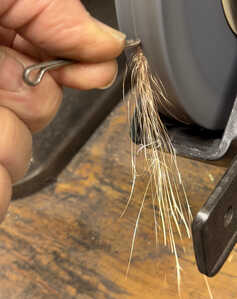I'm gradually running out of questions, but have at least this one more, and it's a fairly important one: Realizing that not all parts and not all metal is created equal, and given the importance of the rod cap cotter pin integrity to the safe running of the engine, is there a specific source that can be recommended for cotter pins made from good steel? Given the vibration and velocity, it would be nice to not have to worry about them fatiguing prematurely.
There were a host of deficits and defects in the worn out engine in my 55K mile '31 Sport Coupe. As a clockmaker, this engine and the way it failed reminded me of so many of the old clocks that are now coming into the shop. What used to be mostly naturally occurring wear and tear, now nearly always is combined with substandard work at the hands of other clock repairers. In relative ignorance I managed to put 77 painful miles on my '31 during the first several weeks after I acquired it, until the engine failed. Although it could have been much worse (the rod cap cotter pins that were present had been re-used and weren't all there, the cap nuts were only finger tight, etc), ultimately it was a piece of broken cotter pin in combination with a missing oil pump set screw locking nut and missing ignition distributor thrust washer that led to a cascading failure.
The attached photos show the cotter pin leg (I found several more in the muck at the bottom of the oil pan) that got ingested through a hole worn in the oil pickup screen, lodging in, and locking up the oil pump. The loose pump retaining screw which unbeknownst to me had mostly backed off, combined with loose flare nuts on the oil tube attached to the pump, caused the pump to dislodge from the set screw when it got paralyzed, and drop downward. The distributor then followed suit, disengaging from the camshaft's distributor driving gear, killing the ignition. This must have happened just as I turned the ignition switch off, as the car refused to start on the next try. Thank goodness it happened when I parked at my destination. If not for the missing thrust washer, I would have still had spark, and the engine would have started. I could have driven away before consulting the oil pressure gauge.
From that moment to this, it has been a tiring and steep but rewarding learning curve. To say that I appreciate this VCCA community and expert advice from other owners, Chip, and David Dawn here in New Mexico, would be a tremendous understatement.
An expensive serious happenings but at least you seem to have it sorted now, well done.
Tony
Glad to have been of help. Between Dave and me there are over 100 cumulative years of 1931 knowledge and experience. I would not worry about the cotter pins. They are made from relatively soft steel so they bend not break. However work hardening by bending numerous times makes them brittle and more likely to break. There is no way to determine how many times those in your engine were bent but I am certain several.
The concern in assembling the rod bolts is the alignment of the slot in the nut with hole in the bolt. Do you tighten a little more or back of some? I have found that tightening and loosening to nut will allow the two metal surfaces to mate together better. So unless the original tightening to the specified torque (according to the Repair Manual "TIGHT" but we generally use 25-35 ft-lbs) falls into that range it may necessary to "work" the nut a bit so you don't stretch the bolts. Recently I have been using modern rod bolts (need to flatten one side of the head) and single use lock nuts for the final assembly. I use regular nuts for any bearing adjustment and the lock nuts after everything has been double or triple checked. No concern for cotter pins with them.
How sweet the roar of a Chevy four
Participant on Chatter since 11/22/2001
19758 posts on the former Chatter site
Hello Andrew Baron,
I'm of the opinion that the hardware offered to the aircraft maintenance field would be satisfactory in easing your mind. Type in 'cotter pins for aircraft' to see what is offered. I looked at 'aircraftspecialties.aero' for one, typed in 'cotter pins' in their search box and looked at what aircraft engine companies use for their engines. You might look for MilSpec, A.N., or what the local auto parts/engine building shops use. Stay clear of the box store construction hardware which is not meant for automotive purposes.
@harry-truppner Thanks for these tips. It occurred to me that I had some new old stock cotter pins mixed in with my newer hardware assortments; some that had a darker, shinier steel look to them. As it turned out, I had just exactly 12 of these older ones. My internal clockmaker* said "Hey, you'd better run one on the grinding wheel to see if you get any sparks with dendrites, to make sure there's sufficient carbon content (= hardness) to resist fracture and wear, should a nut loosen a bit". Photos of the cotter assortment, and what the sparks look like are attached. Note especially the prolonged incandescence of the sparks around the stone. *When selecting an unknown piece of metal from the scrap bin to repair or fabricate a damaged or missing clock component, it's helpful to make sure its qualities measure up to the original part. I find that it's helpful to apply this simple method to other fields as well.
